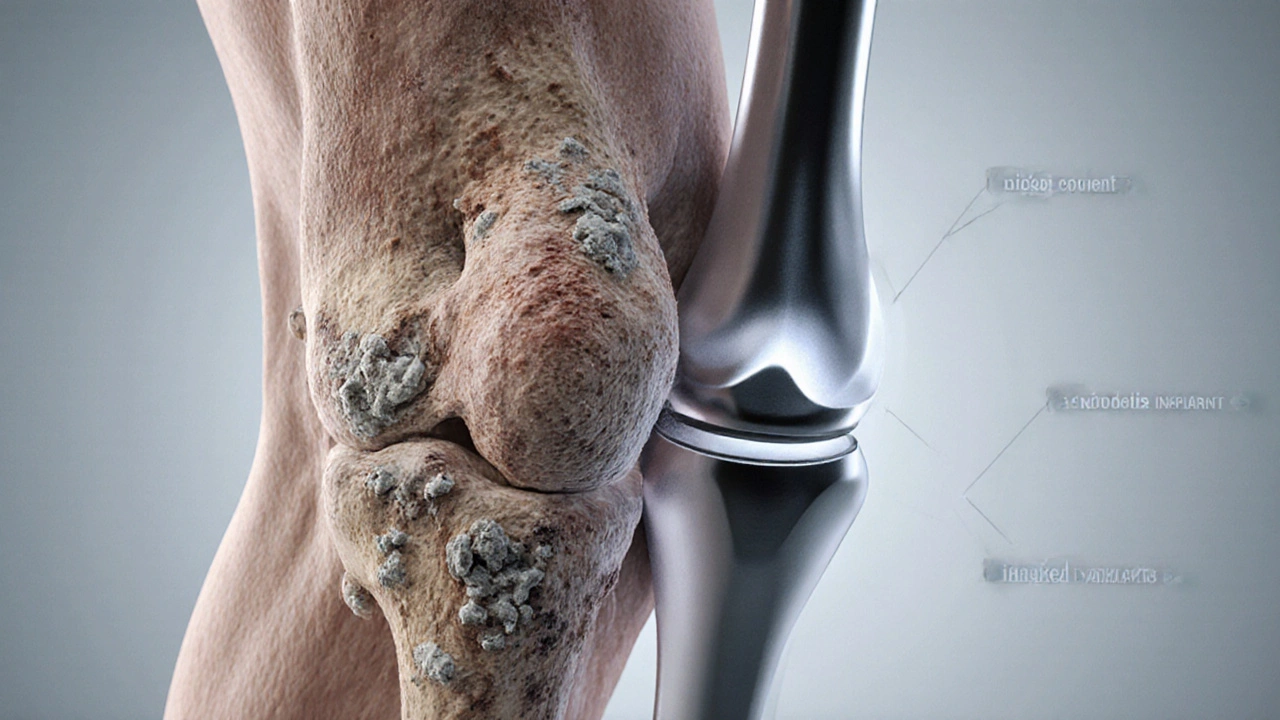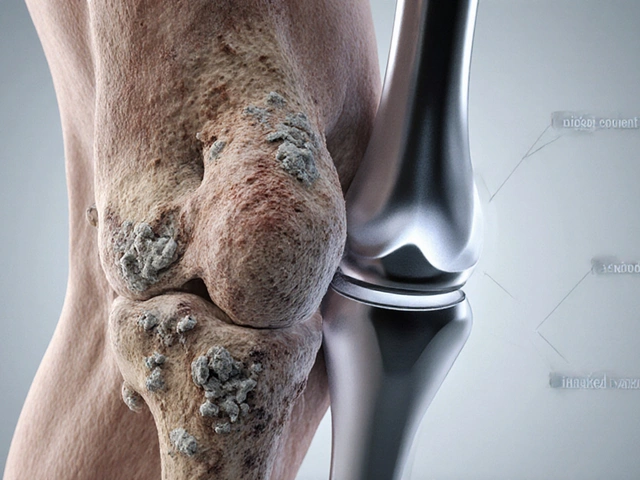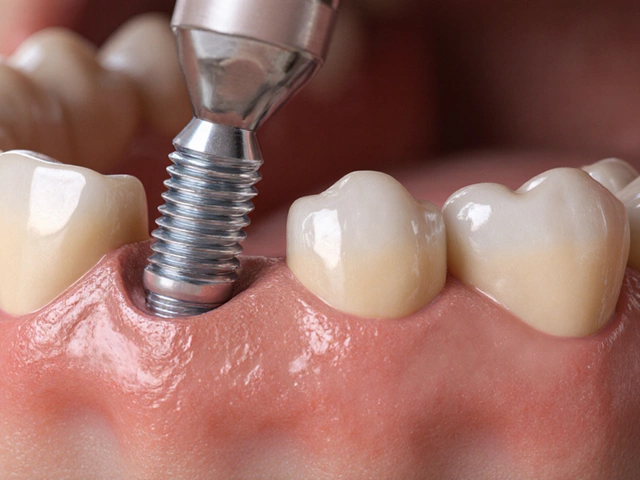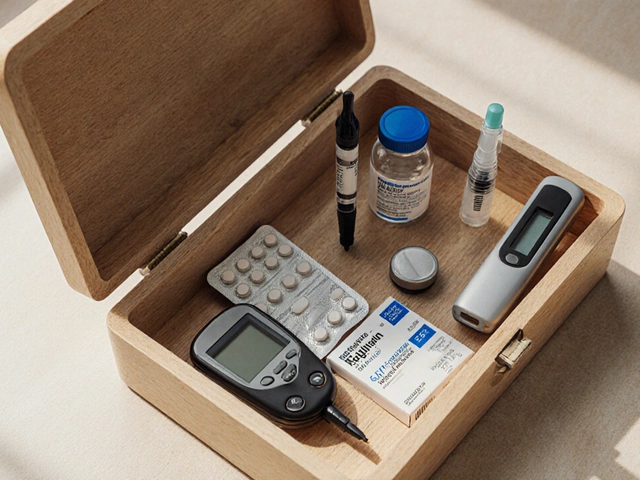Knee Replacement Risk Assessment Tool
When you hear about Knee replacement is a surgical procedure that substitutes the damaged joint surfaces with prosthetic components, allowing pain‑free movement. Not everyone benefits, though. Knowing who falls into the high‑risk group can spare you months of recovery that won’t deliver the expected relief.
Quick Takeaways
- Severe uncontrolled diabetes, active infection, or severe heart disease are strong red flags.
- Current smokers and people with a BMI over 40 face higher complication rates.
- Very young patients (<55) with high‑impact lifestyles may out‑live the implant, leading to early revision surgery.
- Joint infections, poor bone quality, and severe peripheral vascular disease can jeopardize healing.
- Pre‑operative screening helps identify unsuitable candidates early.
What Knee Replacement Actually Fixes
The goal is to relieve pain from end‑stage arthritis, improve function, and restore quality of life. It works best when the joint damage is localized to the knee and when the surrounding tissues can support the new implant.
Medical Conditions That Disqualify You
Osteoarthritis is the most common reason for surgery, but when it co‑exists with other uncontrolled illnesses, risk skyrockets.
- Uncontrolled diabetes impairs wound healing and raises infection chances.
- Active infection anywhere in the body (especially a joint infection) can spread to the surgical site.
- Severe rheumatoid arthritis can affect bone quality, making fixation difficult.
- Cardiovascular disease - unstable angina, recent heart attack, or severe congestive heart failure - raises peri‑operative mortality.
- Peripheral vascular disease reduces blood flow to the leg, compromising implant integration.
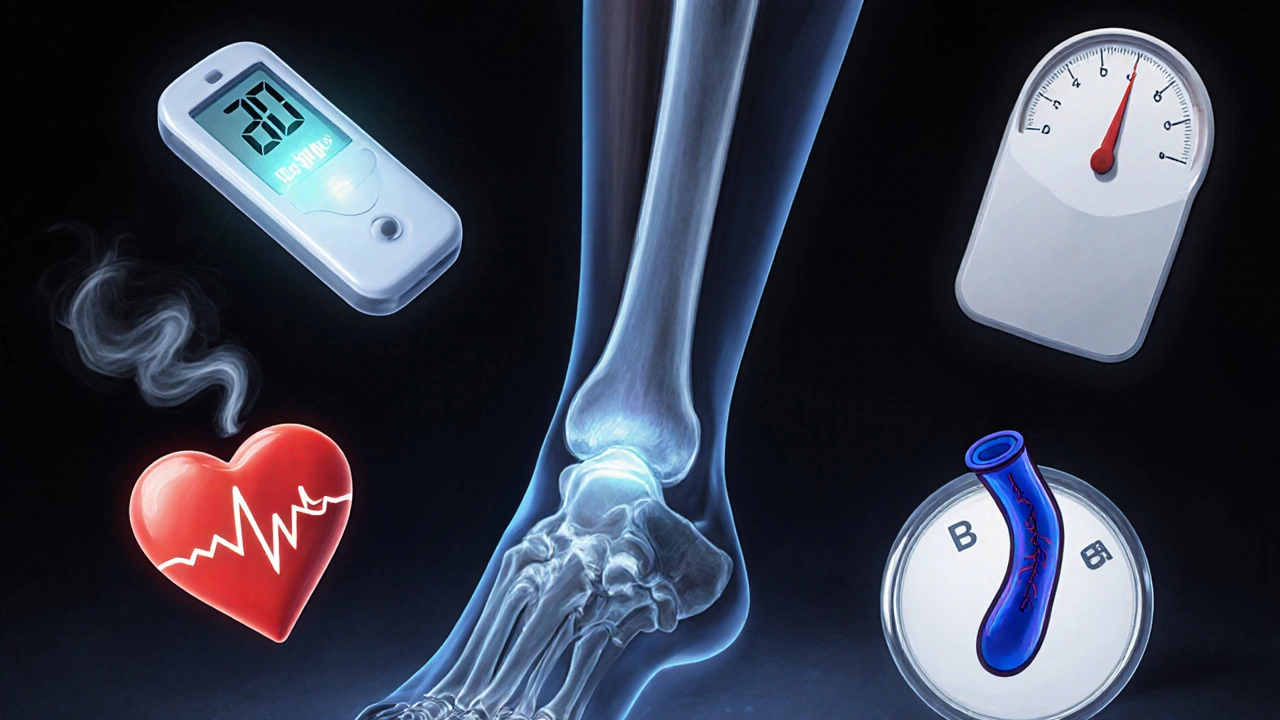
Lifestyle Factors That Increase Risk
- Smoking constricts blood vessels, delays bone healing, and doubles infection risk.
- Obesity, especially a BMI>40, puts extra stress on the prosthesis and makes surgical exposure harder.
- Heavy alcohol use can interfere with anesthesia tolerance and post‑operative recovery.
Age, Activity Level, and Implant Longevity
Implants typically last 15‑20years. Younger, very active patients may out‑live the device, facing revision surgery sooner.
- Patients under 55 who play high‑impact sports (running, basketball) often experience earlier wear.
- Conversely, patients over 80 with limited mobility may gain little functional benefit and face higher anesthesia risks.
Pre‑Surgery Assessment Checklist
| Factor | Acceptable Range | Red‑Flag Indicator |
|---|---|---|
| Blood glucose (HbA1c) | < 7.5% | > 8.5% (poor control) |
| BMI | 20‑35kg/m² | > 40kg/m² (severe obesity) |
| Smoking status | Non‑smoker or cessation ≥4weeks | Current smoker |
| Cardiac function | NYHA Class I‑II | NYHA Class III‑IV or recent MI |
| Infection work‑up | Negative cultures, normal CRP/ESR | Positive cultures or elevated markers |
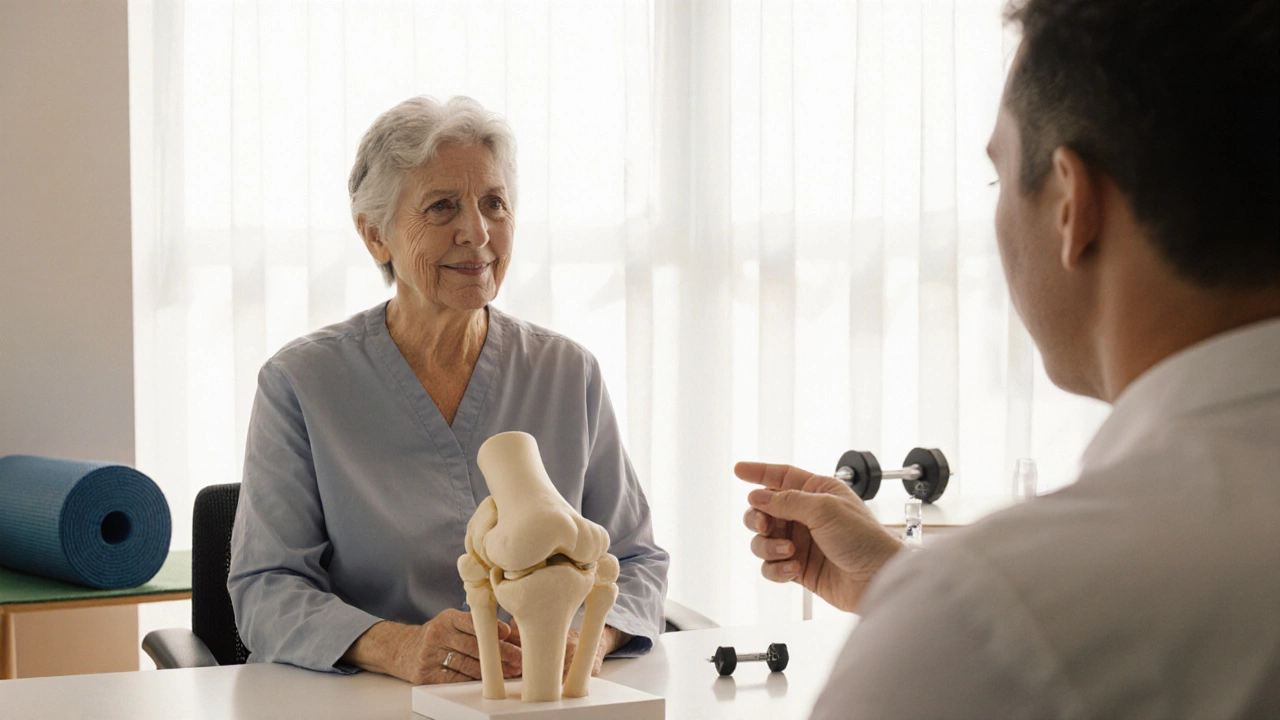
When to Consider Alternatives
If you hit any of the red‑flags, discuss non‑surgical options first: physical therapy, weight‑loss programs, corticosteroid injections, or newer biologic treatments. For patients with severe bone loss, a knee arthroplasty revision might be the only viable path later on.
Bottom Line
Being a bad candidate knee replacement isn’t a verdict on your overall health-it’s a signal that the risk‑benefit balance isn’t favorable right now. Talk openly with your orthopedic surgeon, get a full medical work‑up, and explore conservative measures until you’re truly ready.
Frequently Asked Questions
Can high blood pressure stop me from getting a knee replacement?
Mild hypertension is usually manageable with medication. However, uncontrolled high blood pressure increases the risk of bleeding and cardiac complications, so doctors will aim to stabilize it before surgery.
What if I’ve had a knee infection in the past?
A prior infection must be completely cleared and documented with negative cultures. Some surgeons request a “two‑stage” approach-first clearing the infection, then performing the replacement months later.
Is age alone a disqualifier?
No. Elderly patients can benefit if they are medically stable and have realistic functional goals. The key is overall health, not the number on the birthday cake.
Will quitting smoking a month before surgery improve outcomes?
Yes. Stopping smoking at least 4‑6weeks prior reduces infection risk by up to 30% and improves wound healing.
Are there any new implants that work better for people with poor bone quality?
Porous‑coated or custom‑3D‑printed implants are designed to promote bone in‑growth, offering better fixation for osteoporotic patients. Discuss these options with a specialist.
